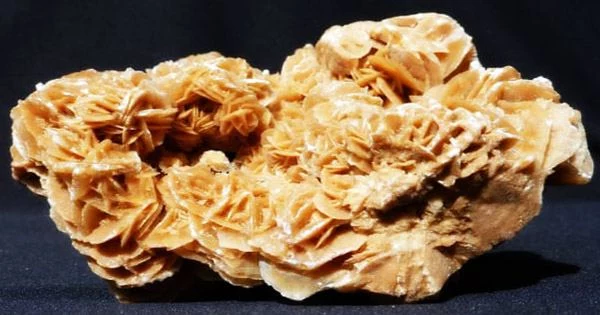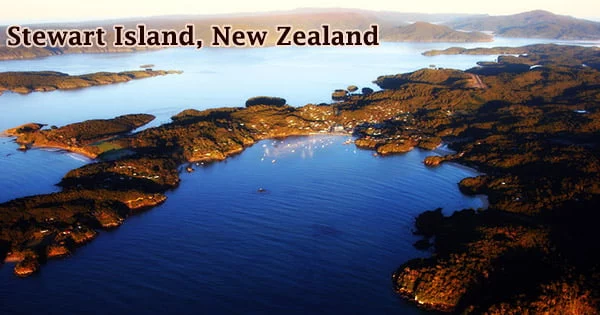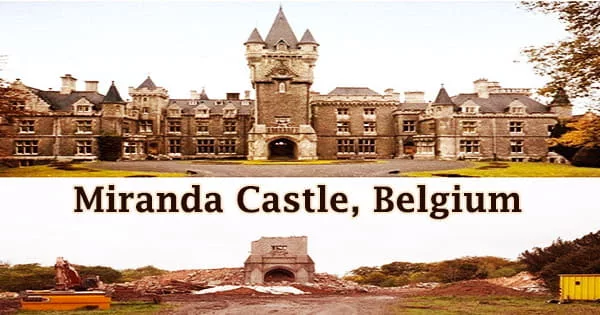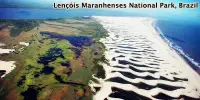From a desert that has reached the ocean, the National Museum of Qatar emerges. The Royal Palace of Sheikh Abdullah bin Jassim Al Thani, a landmark from the 20th century with significant heritage importance for Qatar, rises up on the location. The new National Museum of Qatar, which opened on 28th March 2019 after being delayed for more than two years, is yet another gorgeous new architectural landmark along Doha’s already breathtaking waterfront.
The desert rose crystal, which can be found in Qatar, served as inspiration for the architect Jean Nouvel as he created the structure. The spreading pattern of curved discs, cantilevered angles, and unexpected crossings in the $434 million structure was modeled after “desert rose” crystal clusters that grow in the Qatari desert.
Victoria Beckham, Naomi Campbell, and Johnny Depp were among the famous attendees of the opulent opening ceremony. The UK Times calls it “the most extraordinary building of the decade,” the Financial Times describes it as “a desert rose of mutant scale,” while The Guardian wonders if this “eye-popping creation” is “too extravagant to fill.”
The National Museum is dedicated to the history of Qatar. Symbolically, the desert and its silent, everlasting dimension are evoked in the architecture, as well as the spirit of modernism and daring that has arrived and shattered what appeared unbreakable.

Three ‘chapters’ of history
Similar to how the building’s architecture flows across the areas, the museum’s story does too. It’s a 1.5-kilometer trip through three “chapters” of Qatari history Beginnings, Life in Qatar, and Building the Nation presented in 11 galleries.
The fusion of the past and current is stunning. The focus of the museum is Sheikh Abdullah bin Jassim Al Thani’s recently renovated palace, who is the son of the man who founded contemporary Qatar.
This little nation, which is about the size of the US state of Connecticut, has a longer history than you may imagine.
When the peninsula first started to emerge some 700 million years ago, it began to evolve. Before it finally surfaced as what is now Qatar, some of it spent ages being landlocked and others submerged.
If a time traveler could turn back the hands of time to the 19th century, Qatar would have a special place on the trading map of the British Empire. An excellent pit stop on the journey to Britain’s Indian colony was Zubarah, which is located on the northern shore.
The UNESCO World Heritage site at the now-destroyed Fort of Zubarah provides a window into Qatari society centuries ago.
Visitors to the museum are led around a loop of galleries that focus on three main, connected themes. The galleries are loosely organized chronologically, starting with displays on the natural history of the desert and the Persian Gulf, followed by artifacts from Bedouin culture, historical displays on the tribal wars, the founding of the Qatari state, and finally the discovery of oil to the present.
Pearls and black gold
Many Zubarah residents, primarily Bedouins and Hadar, depended on the pearling industry for their livelihoods. The museum honors Qatar’s ancient maritime legacy by featuring an exhibit on the hand-crafted wooden dhows that were formerly essential for fishing and trading.
Visitors can also see the 19th-century Pearl Carpet of Baroda, embroidered with more than 1.5 million Gulf pearls and adorned with emeralds, diamonds and sapphires.
The nation’s fortunes changed when it first struck oil in 1939. Then came natural gas in the 1970s. In 1995 things really started to rev up. That’s when Sheikh Hamad bin Khalifa Al Thani seized power and turned the country into the economic powerhouse it is today.
But as Qatar races towards the future how can the past and present be captured? The NMoQ’s Senior Museum Development Specialist Karen Exell explains.
“Partly the remit was to try and make a connection and get this young generation of Qataris engaged in these industries so that they understand where their life comes from now,” says Exell.
The museum has always housed things that represent Qatar’s cultural history, including Bedouin ethnographic objects, maritime antiquities, and environmental objects. Ancient artifacts, most of which are locally derived, are also housed in the museum.

Qatar’s place in the world
But how do you make what’s largely an industrial story about oil sound, well, tantalizing?
The answer is art. The museum has commissioned pieces from local and international artists, both well-known and emerging, to tell the story.
There’s a piece by Qatari artist Ali Hassan in the ground floor public entrance, a work by Qatari artist and arts patron Sheikh Hassan bin Mohammed bin Ali Al Thani at the entrance to the galleries, and a sculpture by Iraqi artist Ahmed Al Bahrani in the outdoor space known as the Howsh, or caravanserai.
“Artists bring a completely different perspective”, says Exell. “They interrogate things that you might not do in a more traditional approach.”
In some ways, Qatar is reflected in the variety of artists from many cultures who are interpreting its story through their unique lenses. Both individuals who reside here and those who visit have a variety of backgrounds.
Qatar’s position in the world and its ties to it in the past and now are one of the major themes the new museum is attempting to depict.
Immersive storytelling is key to the museum’s approach: video, audio clips and tactile techniques. Scents are even used: There’s coffee (Doha has an unbridled passion for it), the popular, sweet woody smell of oud, as well as oil and gunpowder.
Sea and cosmos
There are cafes, restaurants and a museum shop but also a 220-seat auditorium and an artificial lagoon.
French artist Jean Michel-Othoniel has also created a special installment for the museum. If you’ve come through Hamad International Airport you’ll already have seen his spectacular “Cosmos.”
He’s delivering something just as impressive here: 114 individual fountains set within the lagoon, with their streams designed to evoke the liquid flow of Arabic calligraphy.
In the museum park there is a sculpture by the Syrian artist Simone Fattal, “Gates of the Sea,” inspired by the petroglyphs found in Qatar at Al Jassasiya.
The structure itself is a marvel of architecture, with a roof made up of 76,000 panels that fit together like a jigsaw puzzle of discs.
Its inspiration, the desert rose, is a natural occurrence where crystal clusters grow in the appropriate arid, sandy environments. Like a human fingerprint, each rose is unique. High-performance glass fiber reinforced concrete that is the same sandy beige color inside and out makes up the building’s exterior skin.
Qatar may be well-known for its natural gas and oil, but like the desert rose, it is also carving out a unique position for itself in the world. In less than a year after opening, the museum drew more than 450,000 visitors. People visit the museum because it tells Qatar’s history using contemporary lighting, sounds, and pictures rather than traditional paintings and sculptures.















